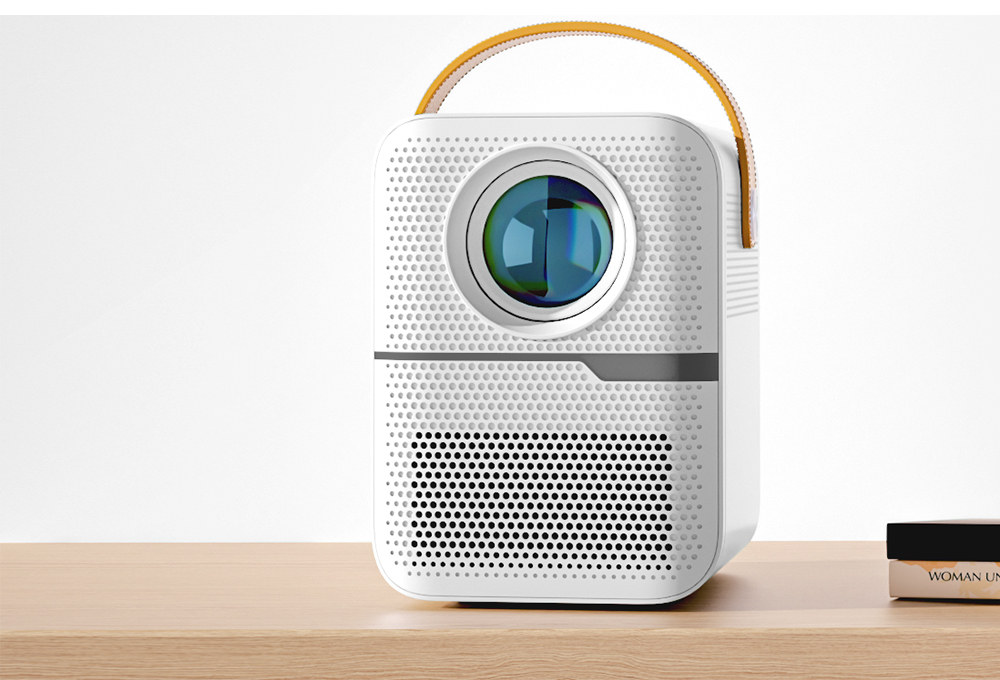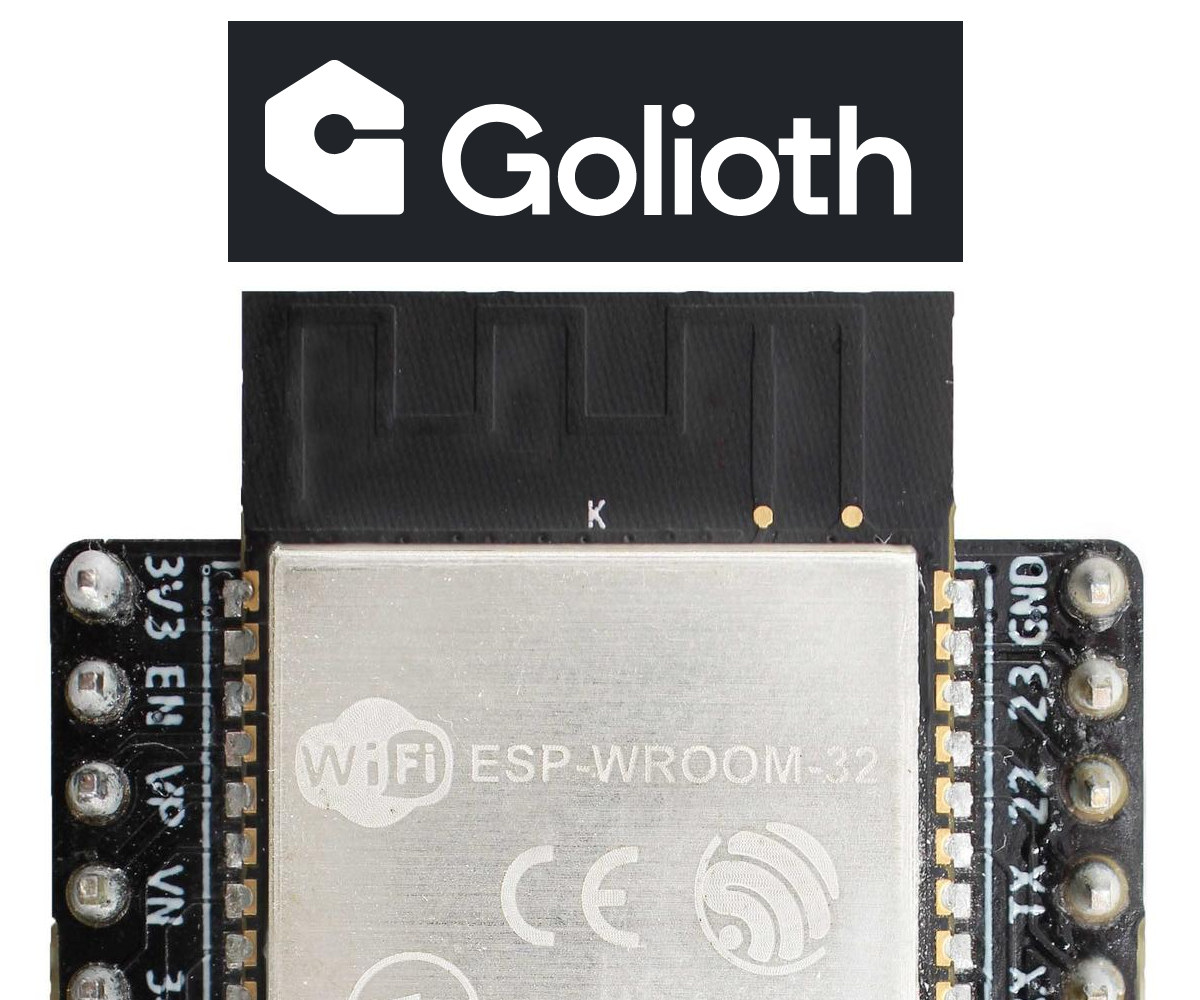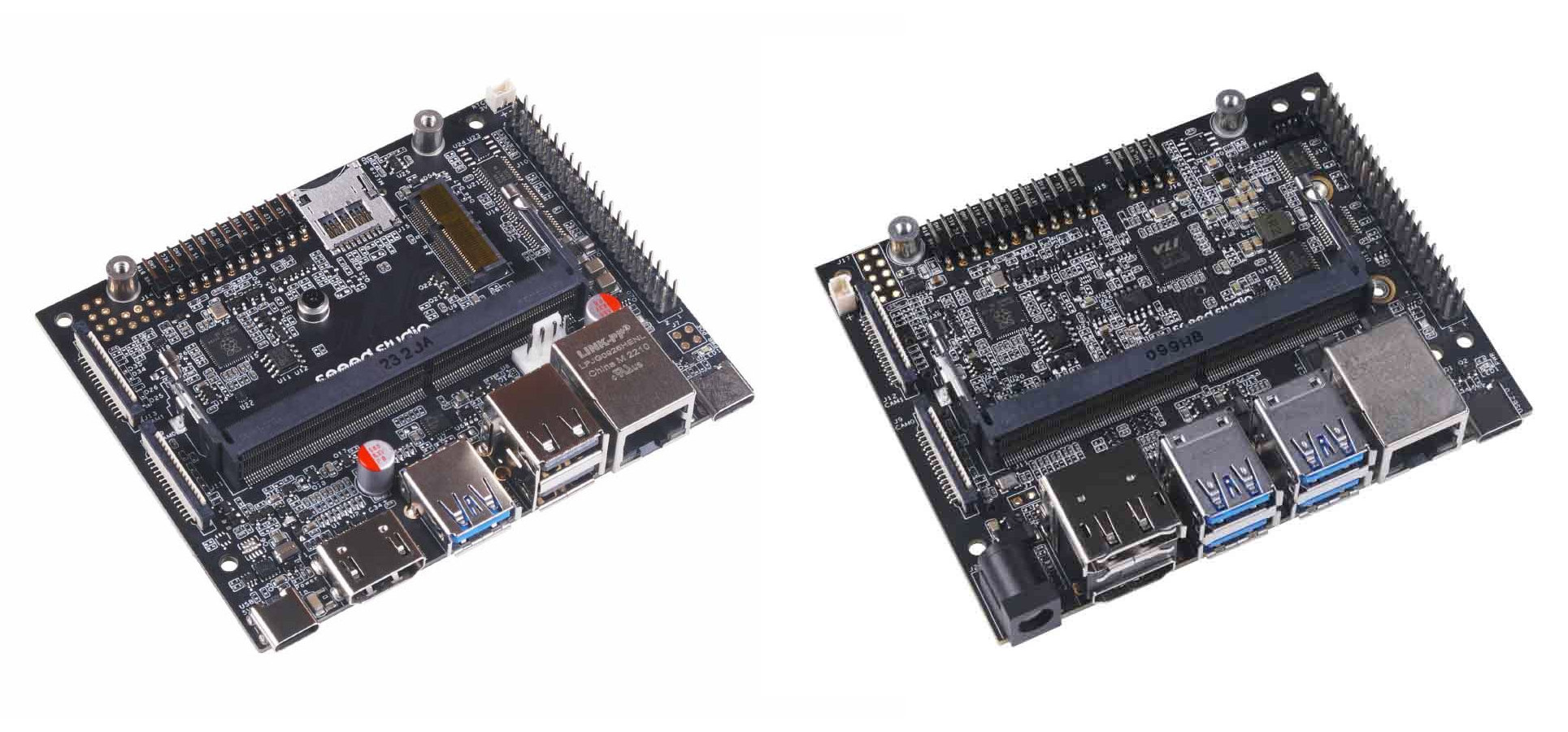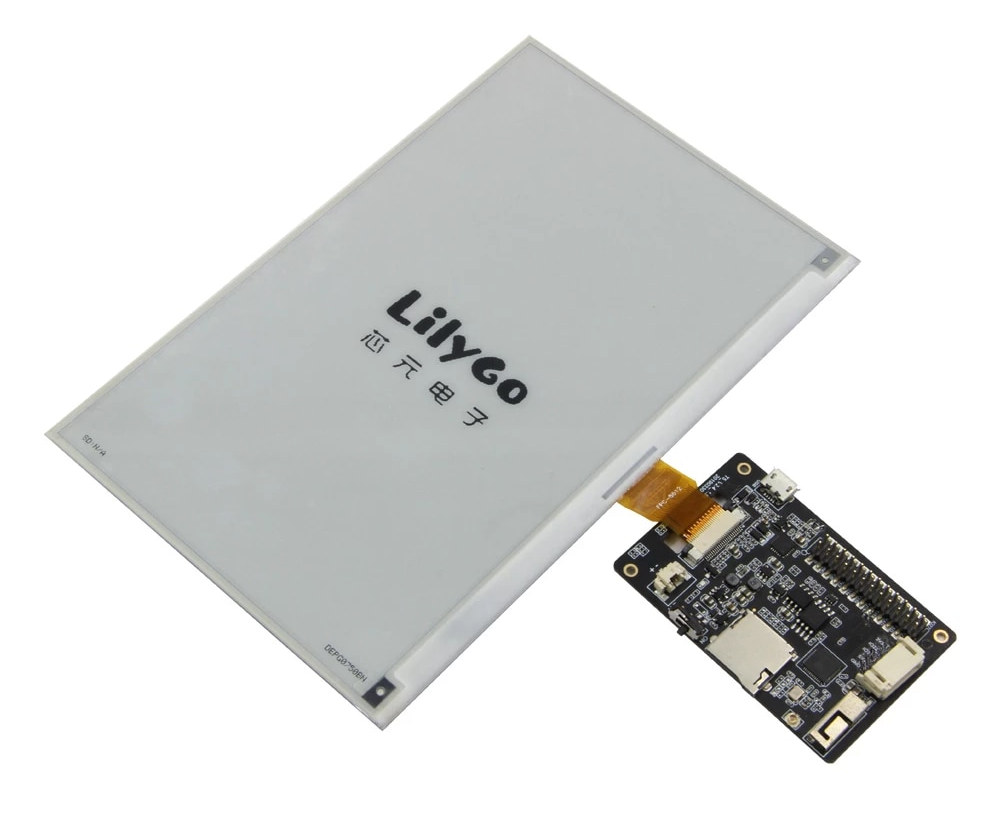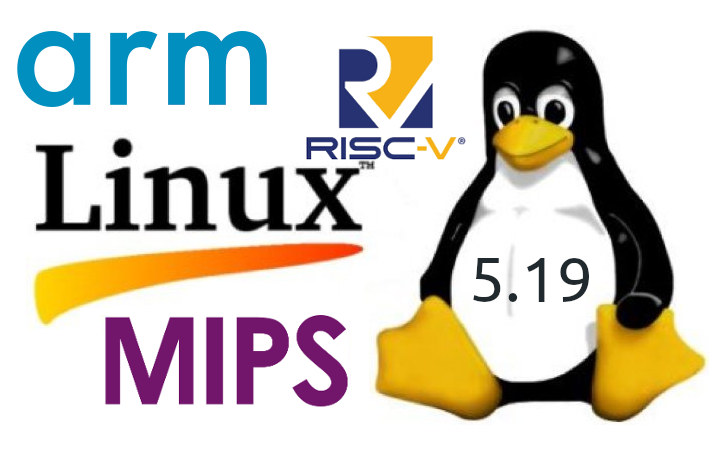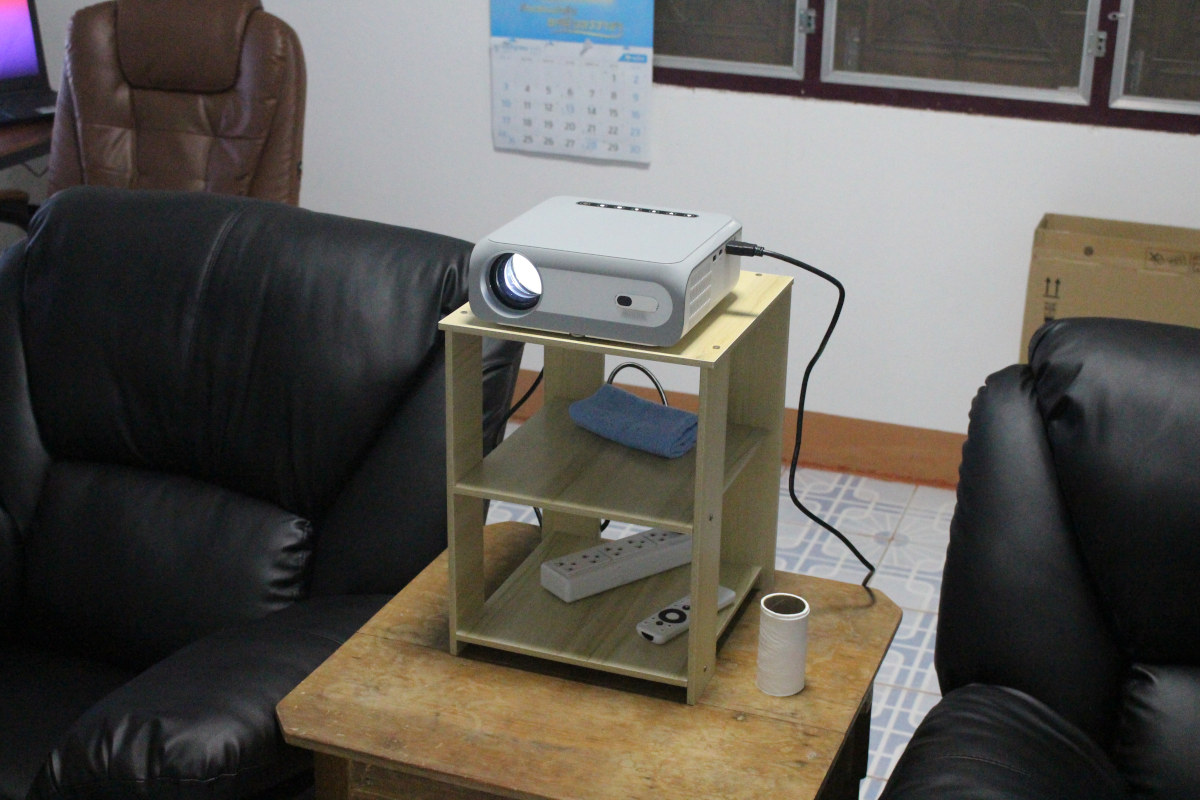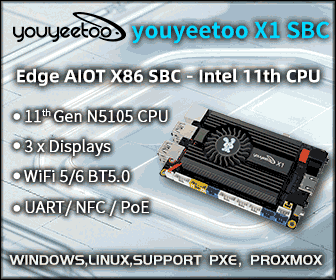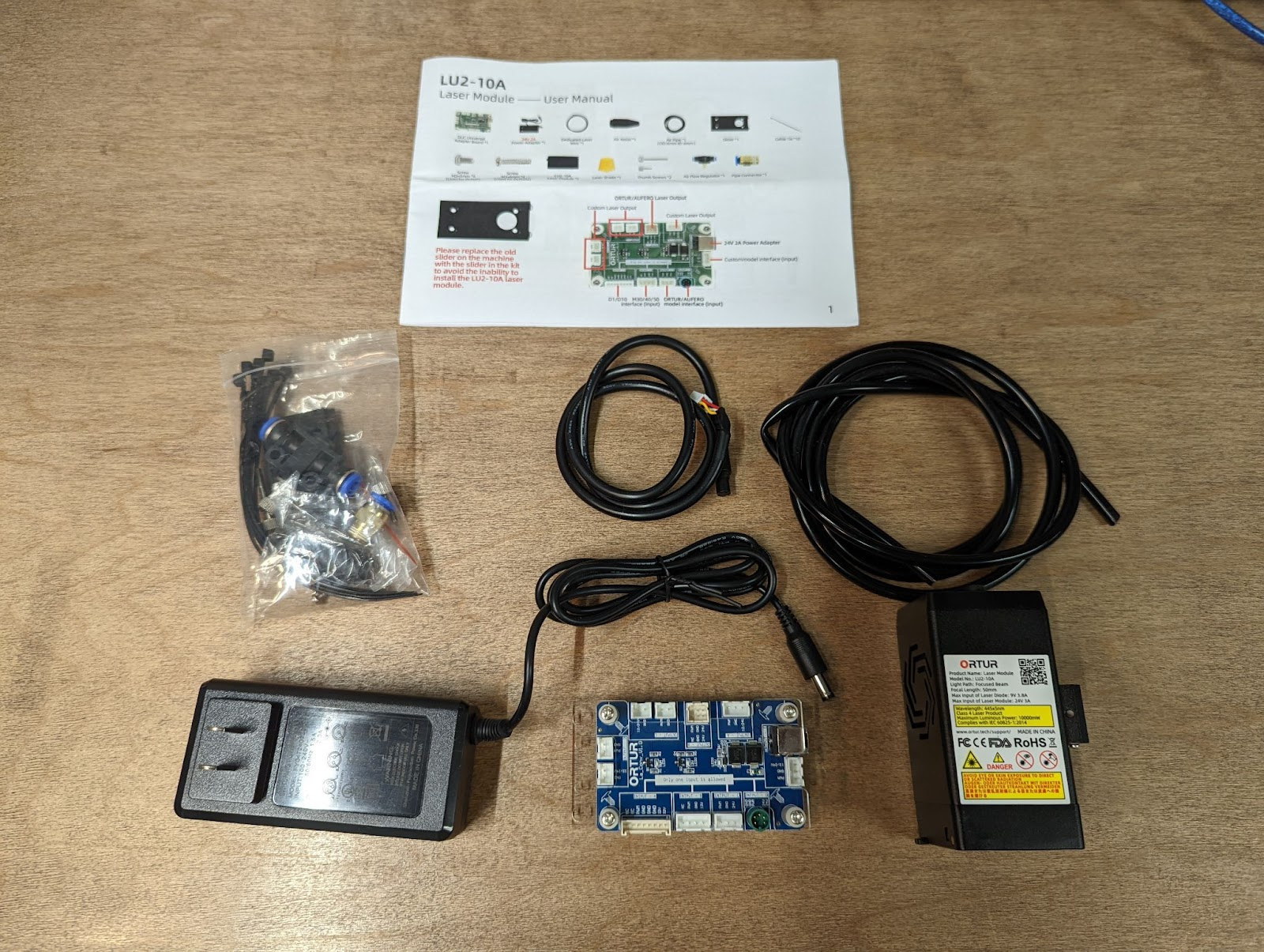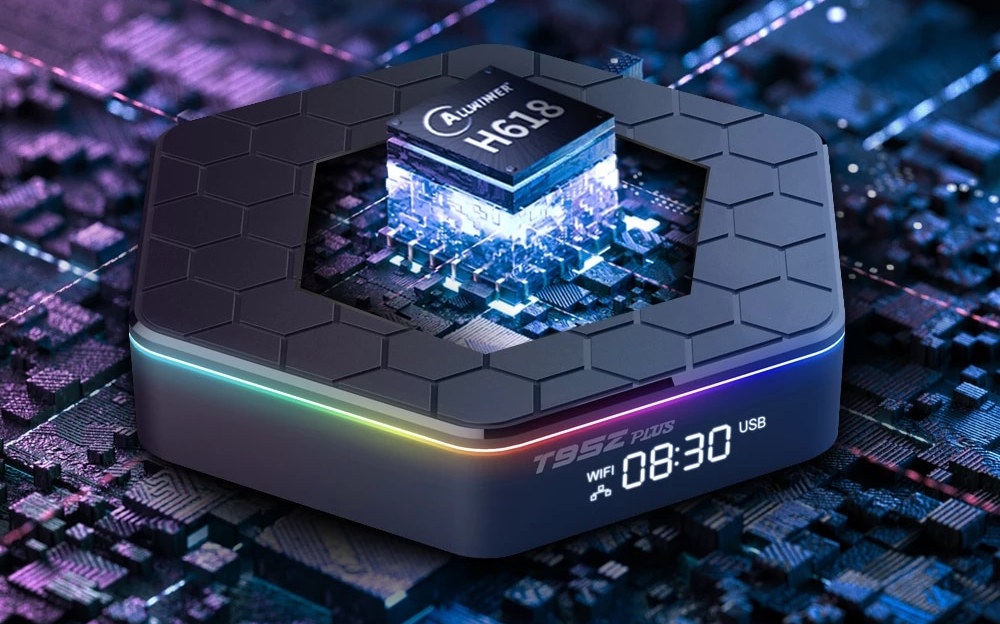Allwinner H700 is a “new” processor that has found its way into Transpeed P10 Full HD “portable” projector running Android 10. It is sold on Aliexpress for $125 including shipping. Allwinner H700 happens to be yet another derivative of Allwinner H616/H618 quad-core Corex-A53 processor, but adds an RGB LCD interface up to 1080p60 and video input interfaces that make it suitable for projector and smart displays. The processor also has two Ethernet interfaces (1x Gigabit and 1x 10/100M) like the H616, but no built-in PHY, so an additional Ethernet transceiver is needed on the board. Let’s first have a look a the Transpeed P10 projector specifications: SoC – Allwinner H700 quad-core Arm Cortex-A53 processor @ 1.5GHz with Arm Mali-G31 mp2, 6K video decoder, and 4Kp25 H.264 video encoder System Memory – 2GB RAM Storage – 16GB eMMC flash Projector 1920×1080 native resolution LED bulb Brightness – 120 ANSI Lumens Projection […]
Golioth ESP-IDF SDK connects ESP32 boards to the Golioth Cloud
Golioth have released an open-source “ESP-IDF SDK” to let ESP32 hardware connect to their Golioth Cloud, extending existing support from the existing Zephyr SDK. We previously covered the Golioth IoT development platform with a Zephyr SDK supporting nRF9160 and ESP32-C3 (officially), as well as over 100 other platforms, that aims to make it easier for hardware developers to connect things to the internet without needing to know how to use AWS IoT, Azure IoT, or the other cloud services. While in theory, it would be possible to keep using the Zephyr SDK on ESP32 hardware, the ESP-IDF framework is the main tool of Espressif Systems, and they will release new code to that ecosystem first. So even though Espressif Systems have another team that is bringing many of the same features to Zephyr, the changes will be implemented in the ESP-ID framework first. The Golioth ESP-IDF SDK will be able […]
reComputer J101/J202 carrier boards are designed for Jetson Nano/NX/TX2 NX SoM
Seeed Studio’s reComputer J101 & J202 are carrier boards with a similar form factor as the ones found in NVIDIA Jetson Nano and Jetson Xavier NX developer kits, but with a slightly different feature set. The reComputer J101 notably features different USB Type-A/Type-C ports, a microSD card, takes power from a USB Type-C port, and drops the DisplayPort connector, while the reComputer J201 board replaces the micro USB device port with a USB Type-C port, adds a CAN Bus interface, and switches to 12V power input instead of 19V. The table below summarizes the features and differences between the Jetson Nano devkit (B1), reComputer J101, Jetson Xavier NX devkit, and reComputer J202. Note the official Jetson board should also support production SoM with eMMC flash, but they do ship with a non-production SoM with a built-in MicroSD card socket instead. The carrier boards are so similar that if NVIDIA would […]
$52 7.5-inch E-paper display connects to ESP32 boards
So far LILYGO’s ESP32 boards with an E-Paper display such as the TTGO T5 or Mini E-Paper Core featured smaller displays from 1.02-inch to 2.9-inch. But the company is now offering a larger 7.5-inch display that works with most of its T5 boards excluding the one used with a 4.7-inch display. The black and white e-paper display offers a resolution of 800 x 480 pixels, is Arduino programmable and backward compatible with earlier T5 E-paper solution, and should be one of the most cost-effective to way to make a wireless E-paper display. LilyGO 7.5-inch E-paper display specifications: Panel SKU – DKE DEPG0750_U790F3 (See PDF datasheet. note non-secure link so your browser may complain) Size – 7.5-inch diagonal Resolution – 800 x 480 pixels (124 DPI) Active area – 163.2 x 97.92mm Pixel pitch – 0.204 x 0.204 mm Host interface – SPI Dimensions – 170.2 x 111.2 x 1.2 mm […]
Linux 5.19 Release – Main changes, Arm, RISC-V and MIPS architectures
Linus Torvalds has just announced the release of Linux 5.19. It should be the last 5.xx version, with Linux 6.0 coming for the next cycle: So here we are, one week late, and 5.19 is tagged and pushed out. The full shortlog (just from rc8, obviously not all of 5.19) is below, but I can happily report that there is nothing really interesting in there. A lot of random small stuff. In the diffstat, the loongarch updates stand out, as does another batch of the networking sysctl READ_ONCE() annotations to make some of the data race checker code happy. Other than that it’s really just a mixed bag of various odds and ends. On a personal note, the most interesting part here is that I did the release (and am writing this) on an arm64 laptop. It’s something I’ve been waiting for for a _loong_ time, and it’s finally reality, […]
MECOOL KP1 projector review – Part 2: Android 11 TV OS and Full HD clarity
In the first part of MECOOL KP1 smart projector review, I checked out the package content, projector design, and integrated HDMI stick running Android 11 TV, before going through the setup wizard, and trying the projector with Android 11. I’ve now spent more time with the device, so I’ll report my overall experience. The best way to install the projector is probably to mount it on a ceiling or a wall, but in my case, I just placed it on top of a shelf itself placed on top of a table to adjust the height for a comfortable viewing experience from our comfy seats. As we’ve seen before, the projector will boot directly to the Android 11 TV launcher from the included MECOOL KD5 TV stick. Android 11 TV OS runs on top of Linux 5.4.125, as we can see it’s a Hailstorm device that’s certified for Netflix and an […]
Ortur LU2-10A 10W laser module issues and measuring laser power
Karl here and I will keep this short for you. First I will share my experience installing an upgrade module for the Lasermaster 2 Pro, the Ortur LU2-10A. The LM2Pro came with a 5.5w laser module and this upgrade brings the power up to approximately 10w optical power. Spoiler, I am not happy with the kit. [Update (CNXSoft): The company has put us in direct contact with Ortur engineer, and they’ve promised to help us fix the issue. We’ll update the post if/once it is resolved] The Ortur LU2-10A kit comes with a very simple adapter board that appears to do two tasks. 1 is to adapt wiring, and 2, inject additional power for the higher power laser module. It looks like the board will adapt to a lot of different connection types. I followed the instructions and the first time I plugged everything in the laser came on full […]
Allwinner H618 processor powers Android 12 TV boxes
Allwinner H618 processor has started to show up in several TV boxes running Android 12, and capable of playing 6K/4K VP9 and H.265 videos with devices such as T95Z Plus and T95 Max, which may be confusing, as companies are reusing those model numbers over and over. Featuring a quad-core Cortex-A53 processor, an Arm Mali-G31 MP2 GPU, and 6K video support, the Allwinner H618 looks exactly like the Allwinner H616 processor except it can run the more recent Android 12 operating system. There’s not much public information about Allwinner H618 at the time of writing, but let’s check T95Z Plus specifications to see if we can find any other new hidden features: SoC – Allwinner H618 quad-core Arm Cortex-A53 processor @ up to 1.5GHz with Arm Mali-G31 MP2 GPU System Memory – 2GB or 4GB RAM Storage – 16GB, 32GB, or 64GB eMMC flash, MicroSD card socket Video Output HDMI […]


